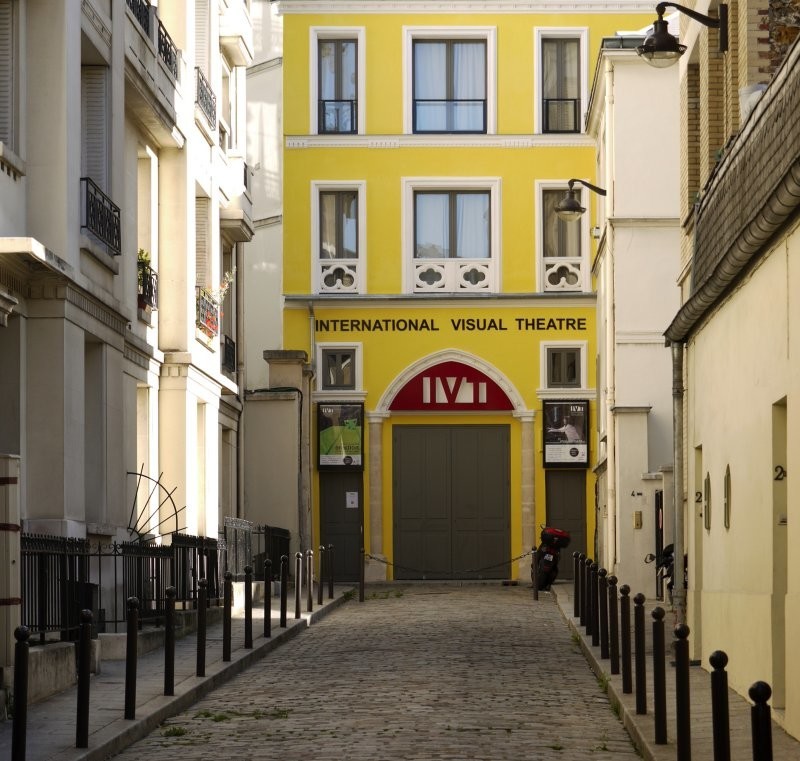Towards beauty and knowledge through nightmares: the Grand Guignol horror theater (16 photos)
Theatrical art is an amazing mixture of a wide variety of directions. At the same time, theater is characterized by its own specificity - the reflection of reality, conflicts, characters, as well as their interpretation and evaluation, the affirmation of certain ideas here occurs through dramatic action. 
Theater is mainly about beauty. But in his story there was one attempt to appeal to the viewer through nightmares and horrors. 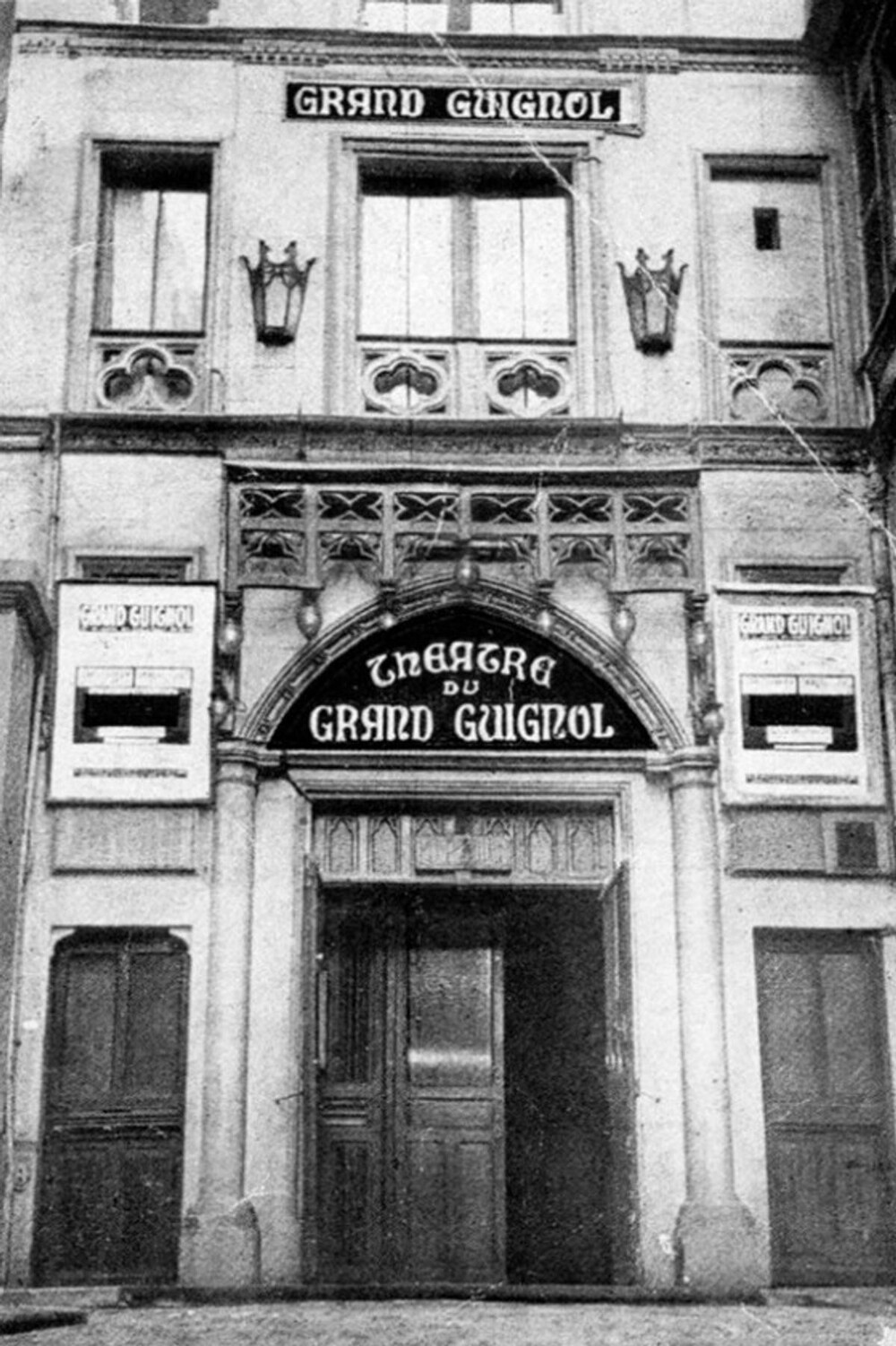
The Grand Guignol Theater was founded by Oscar Metenier in 1897. The reason for the creation of the theater was notes about crimes in Parisian newspapers. In response to these newspapers, Metenier sought to create realistic plays that depicted the lives of the dispossessed and working class in brutal detail.
Literally translated, the name of the theater means “Big Puppet Theater.” To be more precise, Guignol is a puppet from the French shows Punch and Judy. His purpose was much the same as Methenier's: he represented the working class and through his actions showed the horrors to which ordinary people were subjected. 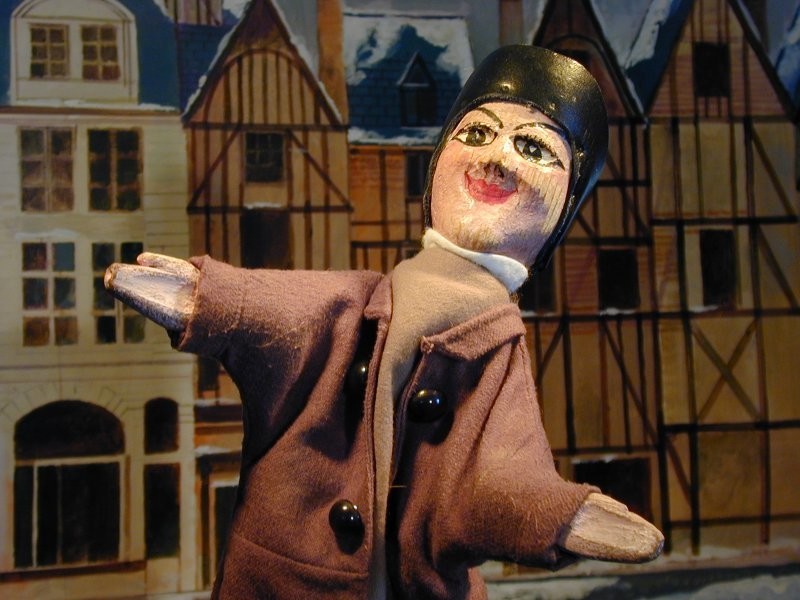
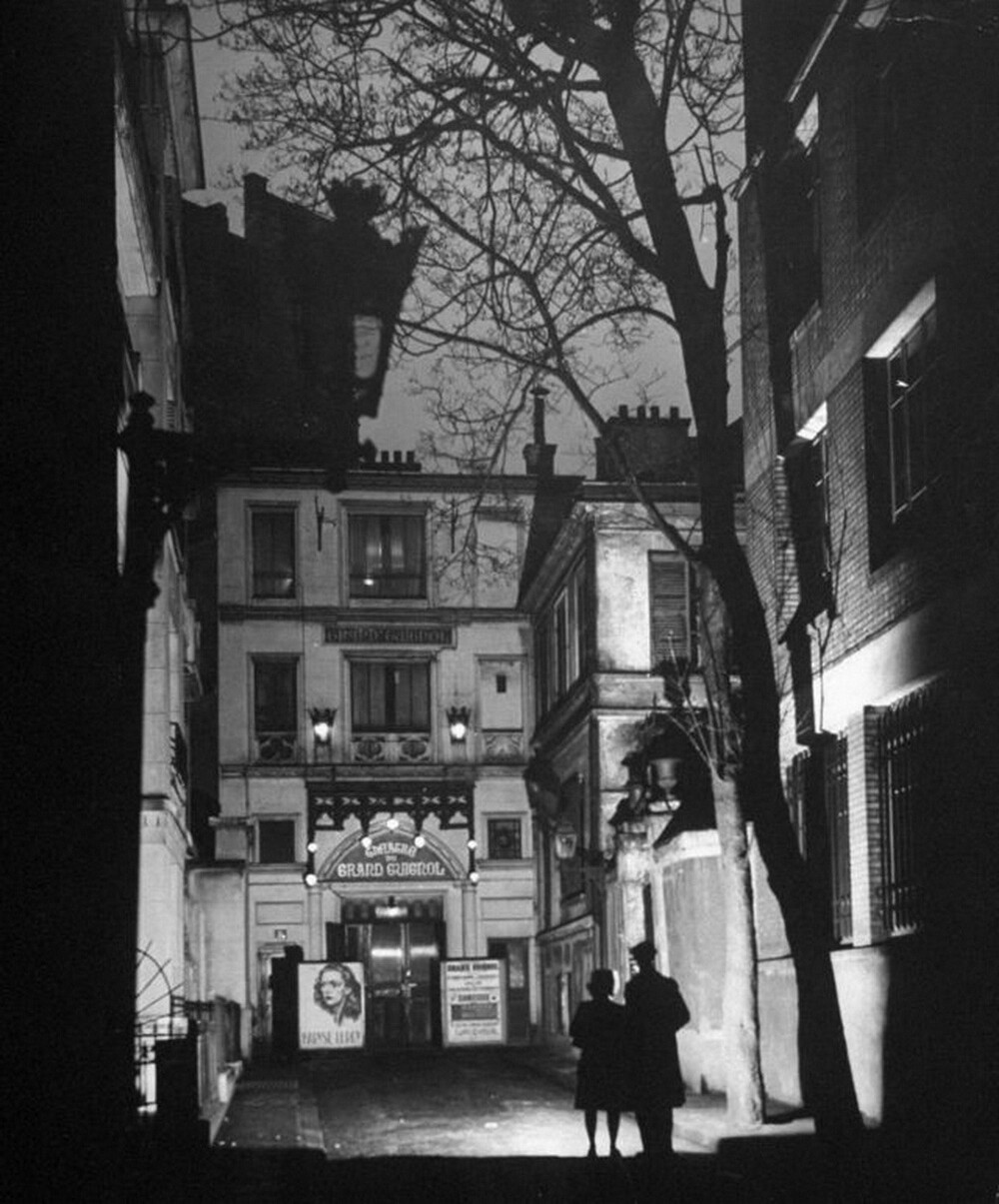
Partly in response to public backlash, Métenier's and Grand Guignol's early productions came under censorship scrutiny. They showed Parisian swindlers, street bums, homeless children, fallen women and other characters. It spoke to the Parisian audience in a manner never before heard. The theater became an immediate success. 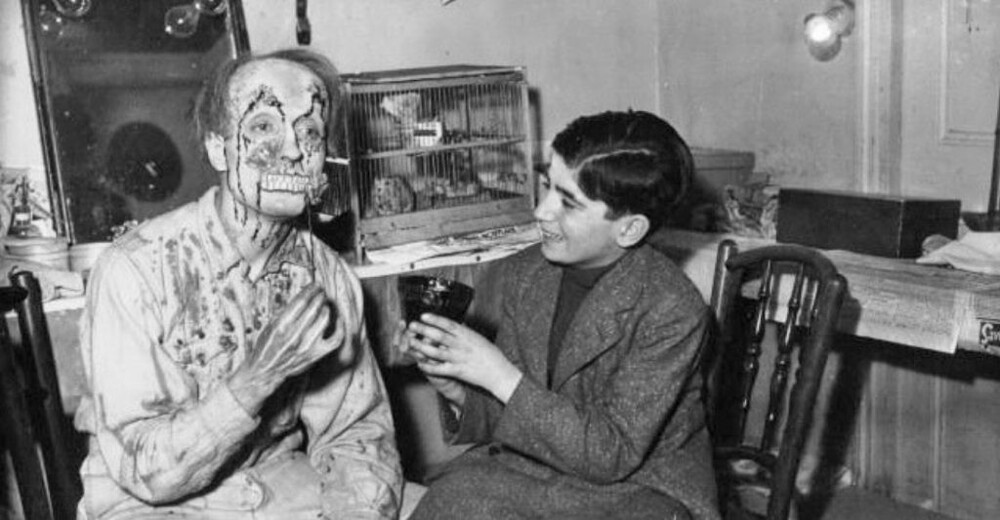
Then, in 1898, the theater was taken over by Max Morey. Continuing to build on Métenier's shocking foundations, he turned the Grand Guignol into a veritable house of horrors. Mori used a variety of tricks, from theater doctors to mind-blowing special effects, to finally shape and cement the theater's reputation. Many believe that Mori measured the success of the play by the number of spectators who fainted from fear during the performance. 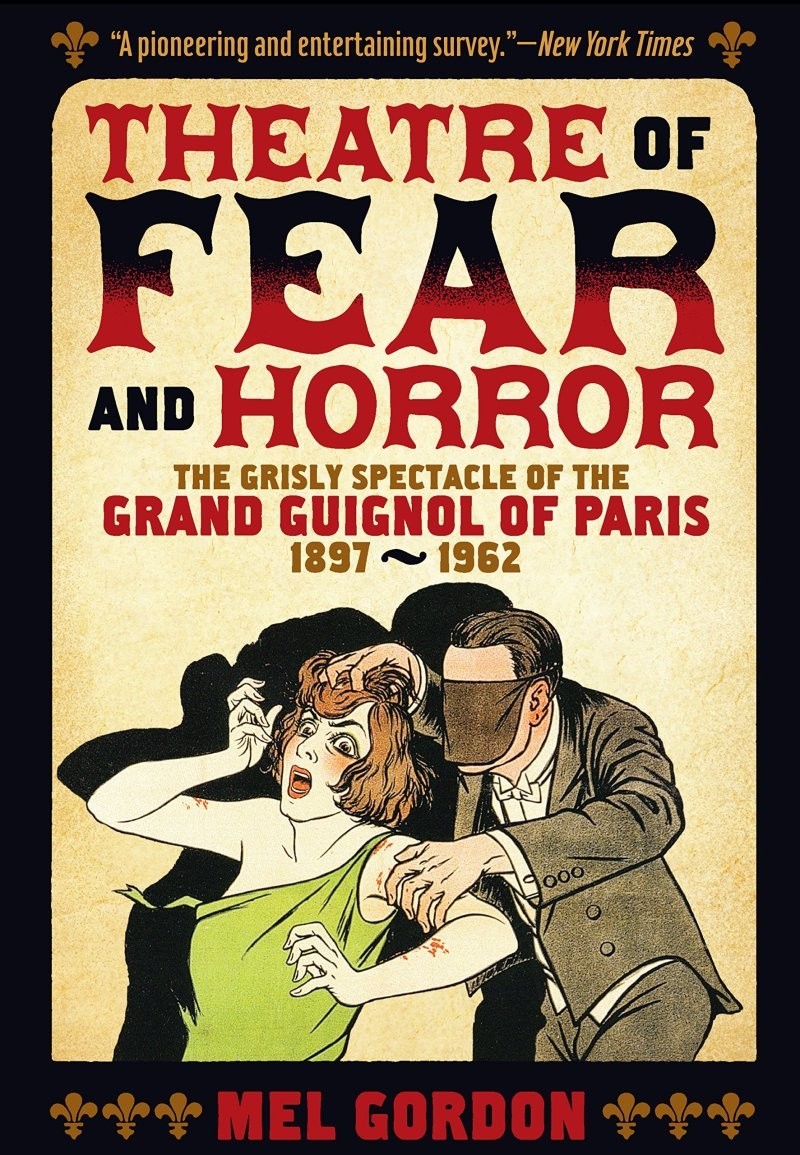
In 1901, new plays by Andre de Lorde were staged. These were truly creepy productions about a murderous nanny, a mad doctor and a jealous woman who gouged out the eyes of her happier rival.
De Lorde's creepy scenarios were frightening, but at the same time they aroused interest in the public, mixed with horror. Spectators from different countries came to the theater. 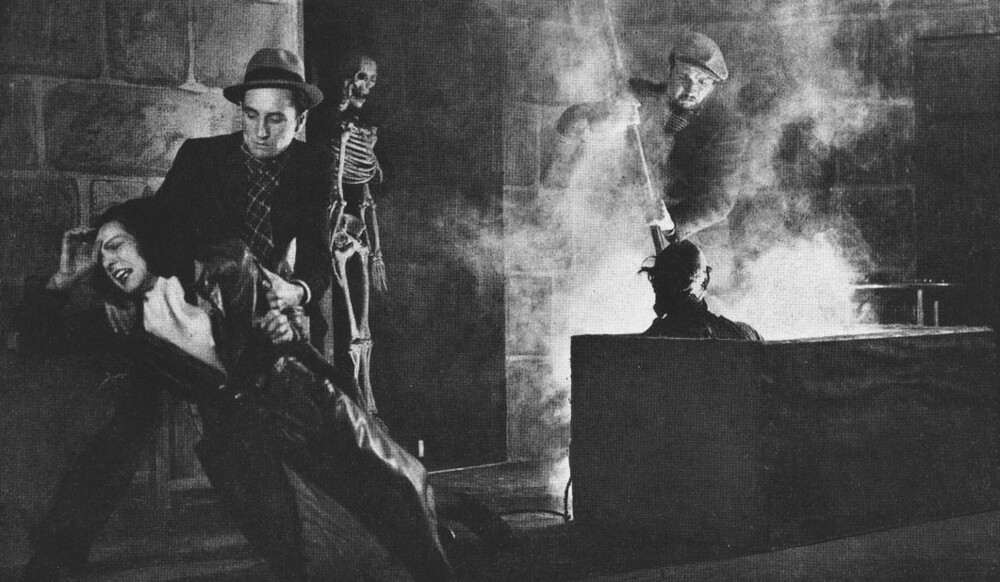
From 1914 to 1930, the establishment was led by Camille Choisy. While Métenier and Maury developed the theater's textual content in new and outrageous directions, Choisy instead decided to focus on special effects and brought his expertise in special effects and set design, creating a distinct style of theater. During his tenure as director, he gained even greater fame. 
Actress Paula Maxa also became an important part of the theater during this time. Hired by Choisy, Maxa quickly gained popularity. Not only among the Guignol players who made up the fan base, but also among the general public. She soon became known as “the most murdered woman in the world.”
Her numerous bloody and sometimes disturbingly erotic deaths attracted viewers like a magnet. So much so that one French critic remarked: “For two hundred nights in a row she simply disintegrated on stage in front of an audience that would not trade their seats for all the gold in America.” 
At the peak of its popularity, the theater did not focus only on frightening dramas. The performances alternated with comedies. Often overtly sexual, these plays gave audiences the effect of a hot and cold shower. The tension from one performance was relieved by the next one, so that the next one could escalate the horror with renewed vigor. 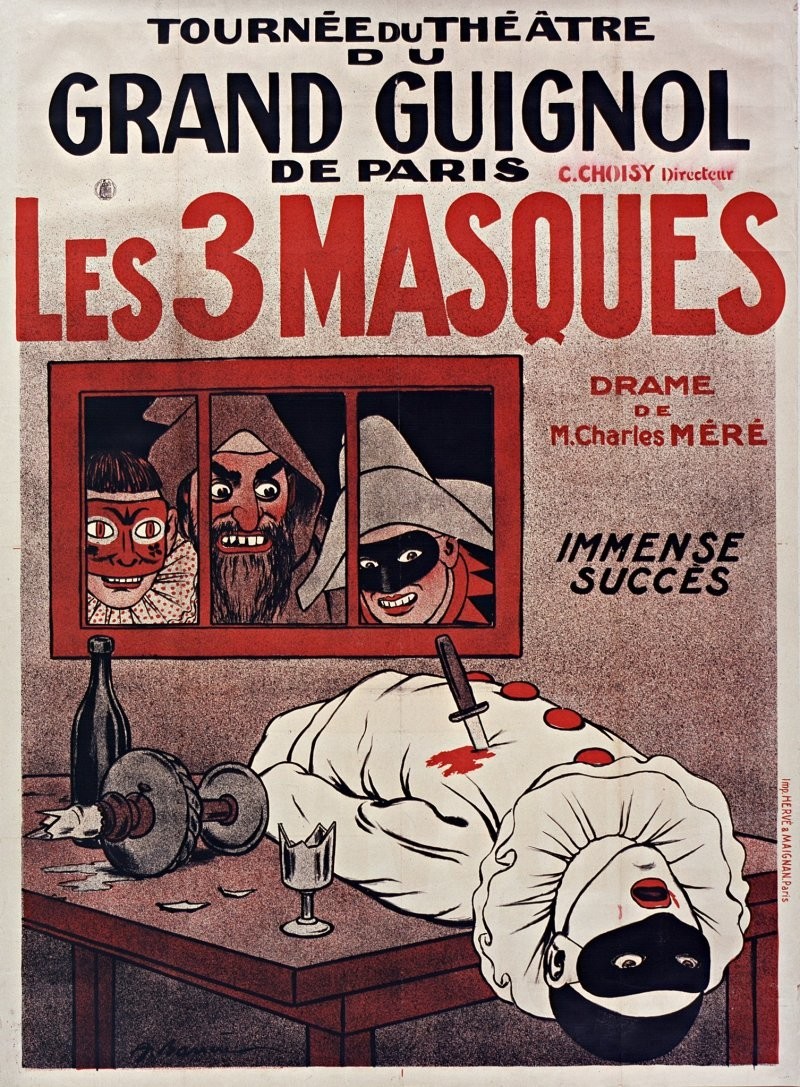
The next famous theater director was Jack Jouvin. He directed from 1930 to 1937 and during this time sought to shift the emphasis from dark effects to more serious psychological dramas. He was disliked by many of the theater staff and the wider audience, and his tenure in this position becameabout the beginning of the end for the theater. 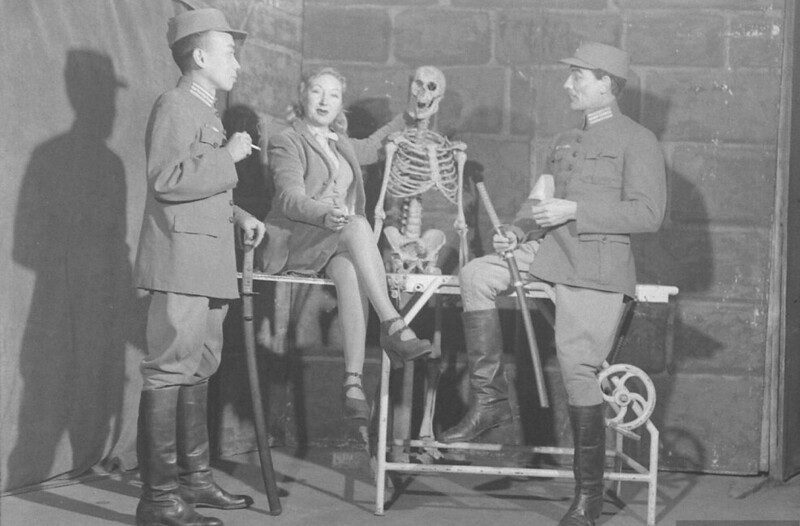
If earlier the audience was a collection of countless Parisians (from residents of disadvantaged neighborhoods to almost aristocrats) and tourists from different countries, then with the arrival of Jouvin their ranks began to thin out, and then the halls were empty. 
Many other factors contributed to the decline of the Grand Guignol. But, be that as it may, in 1962 the theater closed its doors for the last time and forever. 
The site of Le Théâtre du Grand-Guignol today houses the International Visual Theater. A theater that completely abstracted from the gruesome roots of its predecessor and focused on wordless visual shows and educational productions. 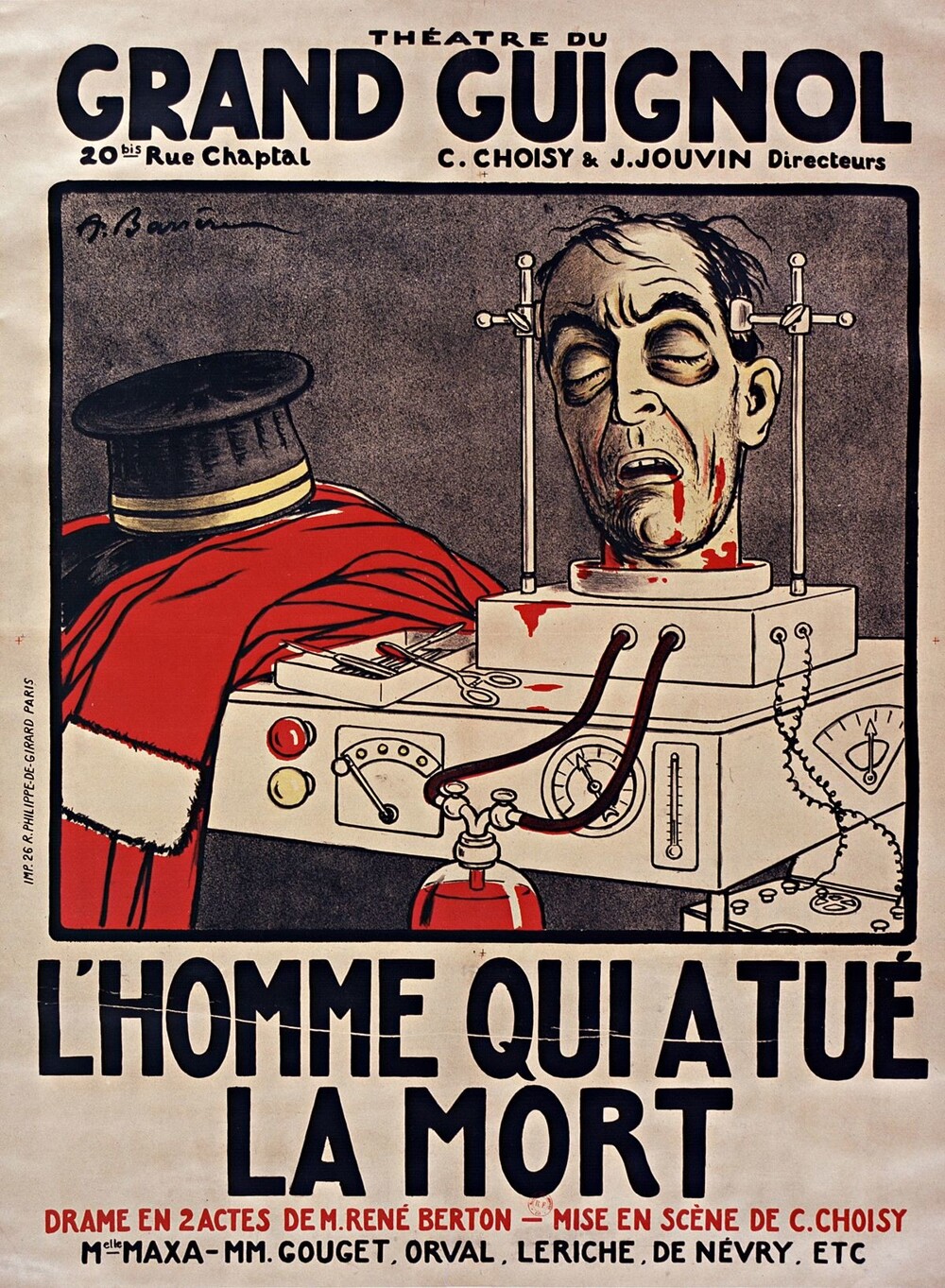
However, while the theater itself is dead and buried (and even its once frightening exterior has been replaced with a neutral yellow and white), its legacy lives on in countless forms, from inspiring modern horror theaters of all types to using the description of any macabre macabre performance . 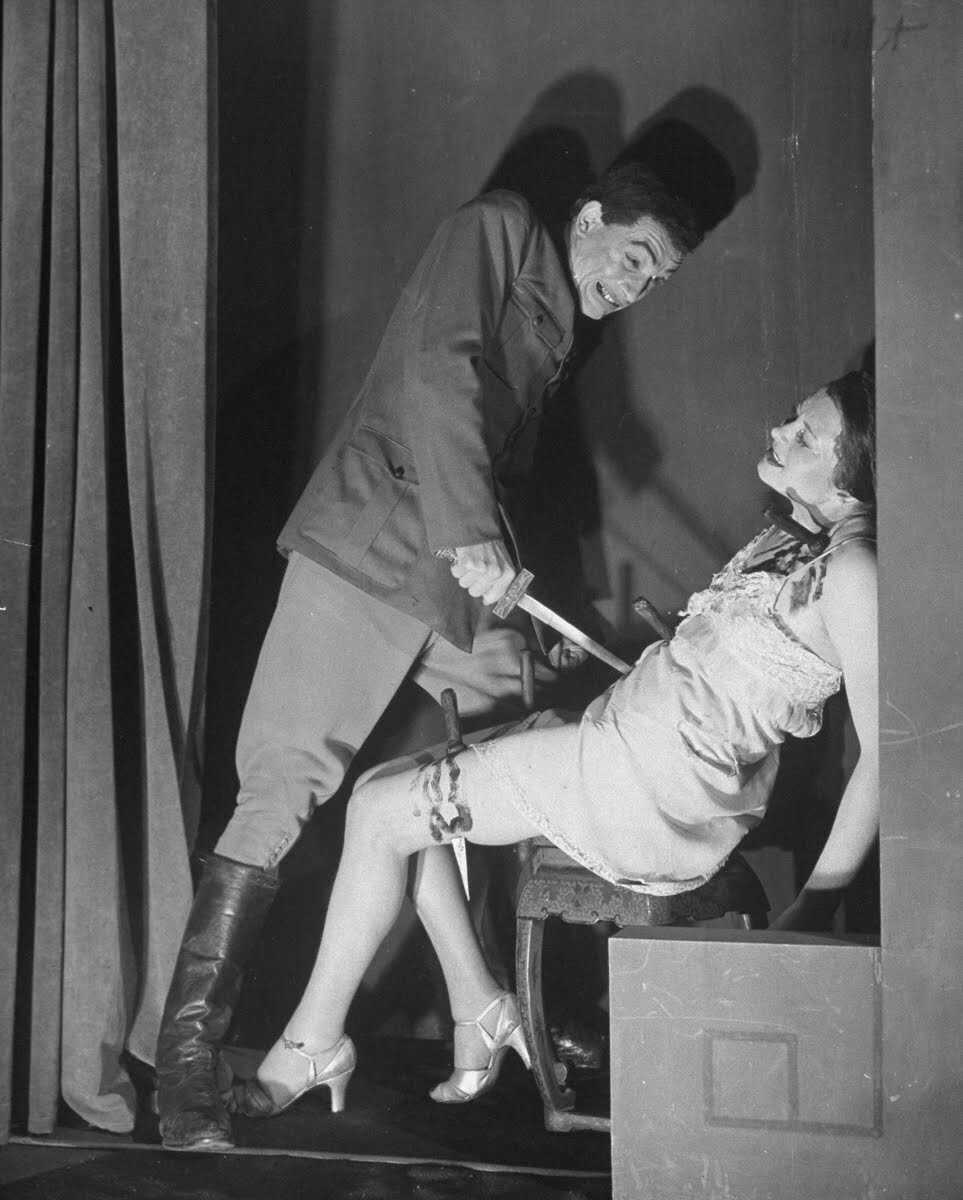
The Grand Guignol Theater lives on to this day in the hearts and minds of its many fans, critics, researchers, historians and, above all, spectators. After all, the show must go on, even such a terrible one that has long since become history. 